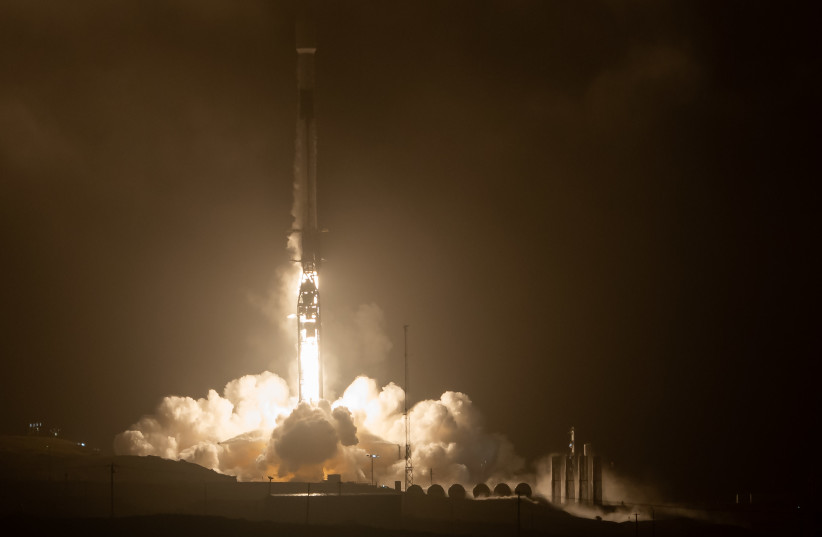A rocket that crashed face-first into the moon in early March made quite an impact - on the moon's surface, that is.
The crash, which exploded upon landing and online, has left two craters on the surface of the moon.
Although the craters are small, they were still spotted by NASA astronomers using NASA's Lunar Reconnaissance Orbiter.
One of the craters, to the east of the other, is 18 meters in diameter, while the other western crater is 16 meters in diameter.
Two is better than one?
According to NASA, this indicates that the rocket body had some sort of large masses at each end. Usually, these kinds of rockets have most of their mass concentrated in the motor end, while the rest is mostly comprised of an empty fuel tank.

"Since the origin of the rocket body remains uncertain, the double nature of the crater may indicate its identity," NASA said.
Indeed, it was initially spectated that the rocket was a SpaceX Falcon 9 rocket. However, in February, astronomer Bill Gray - who initially predicted the crash in 2015 - corrected his initial explanation, stating that it seems the object is actually the booster for China’s Chang’e 5-T1 lunar mission.
"Since the origin of the rocket body remains uncertain, the double nature of the crater may indicate its identity."
NASA
Joining craters past
This is not the first time a rocket body has left a crater on the moon's surface, but it is the first time it left two craters.
"The four Apollo SIV-B craters were somewhat irregular in outline... and were substantially larger," NASA explained.
The Lunar Reconnaissance Orbiter has so far collected some incredible footage for NASA, "making an invaluable contribution to our knowledge about the Moon."
